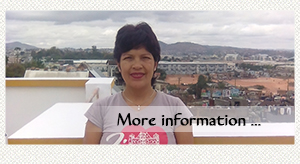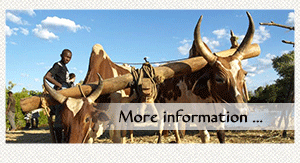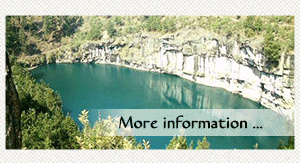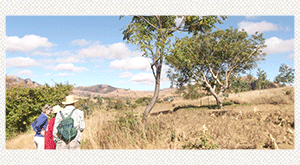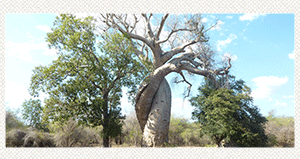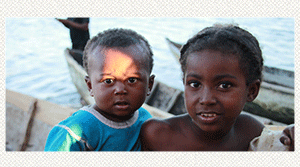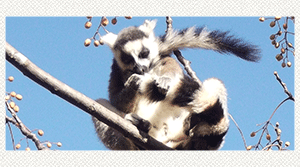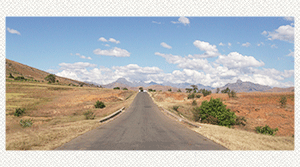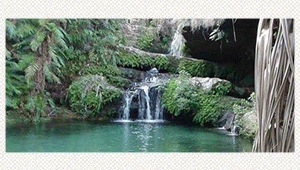Why Madagascar ?
WHERE IS MADAGASCAR LOCATED ?
Madagascar’s separation from the Gondwanna continent 160 million years ago allowed the development of rare plants and animals. The island itself is situated at about 400 km off the eastern coast of Africa.
Madagascar is the fourth biggest island in the world, covering an area of 590, 000 km². The climate varies greatly from a region to another:
warm and rainy in the eastern parts
temperate in the Highlands
warm and dry in the West
very hot in the South
WHO ARE THE MALAGASY PEOPLE?
The Malagasy people are of Arabian, African and Malayo- Indonesian origin. They are composed of 18 tribes; that is the reason why the culture is different for each region. While the highlanders practise the exhumation, the inhabitants of the Southwest celebrate the « Fitampoha » or bath of the royal relics.
The Highlands
Antananarivo: The capital city of Madagascar
Antananarivo, fondly known as Tana is the capital city of Madagascar; resort for visitors and the main traffic. Almost all flights depart from Tana. Historically Antananarivo means the city of the thousand warriors who helped the King Andrianjaka to conquer Tana.
The Highlands includes some important places such as: Antsirabe; well-known for its semi-precious and precious stones, crater lakes and rickshaws. Ambositra; famous for the Zafimaniry art of marquetery and sculpture. Fianarantsoa, offering spectacular landscapes of rice fields on terraces and Ambalavao, one of the rare places where you will see lemurs living wildly but can be seen easily.
Handicraft markets offer souvenir items of first quality. It is possible to walk around all day long, visiting and watching these market places and why not chatting with the friendly sellers.
In the week-end you can go and attend a Malagasy folklore performance, known as the « Hira gasy ». Long time ago the folk music purported to give an education to people since during the show the performers tell stories taken from the daily life. At the end they give some advice and lessons for good behaviors. The favorite themes are: love and religion.
The cock-fighting is also an appreciated traditional game in the Highlands; normally it takes place in some little villages. After the game the bettors can lose one month salaries or their cars.
The South
Tuléar is the capital of the southern region of Madagascar.
It includes the following renowned places: Tuléar, Fort-Dauphin, Isalo, As opposed to the Highlands, the South has a hot climate. The inhabitants are accustomed to this heat because they are invaders from the eastern coast of Africa.
The North
Antsiranana (Diégo) is the capital of the northern part of our country.
Speaking about the North we will not forget to mention the following interesting sites: Joffre Ville, Montagne d’Ambre National Park, the bays in Diégo (Bay of Emerald, bay of pigeons…) The Ankarana National park, the Isalnd of Nosy Be Hell Ville with its numerous surroundings islets (Nosy Komba, Nosy Tanikely, Nosy Mitsio…) and the Masoala National Park with its big primary forest.
The West
Mahajanga is the capital of the Western part of Madagascar.
It is one of the beloved holiday destinations of Malagasy people and for young tourists also because the distance of 417 km from Tana to Mahajanga can be reached easily by good road in a day. The main places to visit are: The cirque rouge, Katsepy…
This big town is also a sort of a Malagasy melting–pot because you can see different nationalities (especially people from Comoros) and Malagasy tribes living in harmony near one another. The most interesting site before entering Mahajanga and worth visiting is the National Park of Ankarafantsika.
We are mentioning Morondava in this part even if it is located a little bit in the Southwestern part of the big Island because it is a very special destination due to its famous baobab avenue and the Tsingy of Bemaraha.
The East
The harbor town of Tamatave is the capital of the eastern part of the Big Island.
It includes numerous interesting places such as Andasibe (Périnet), Ankanin’ny Nofy (literally nest of dreams) on the Pangalanes Channel, Foulpointe, Soanierana Ivongo where you can take a boat to the Island of Sainte-Marie…
We will also include the following places and they are very important destinations and are located in the East and in the Southeast: Ranomafana Ifanadiana (National Park of Ranomafana), and Manakara, the departing point for the train.








